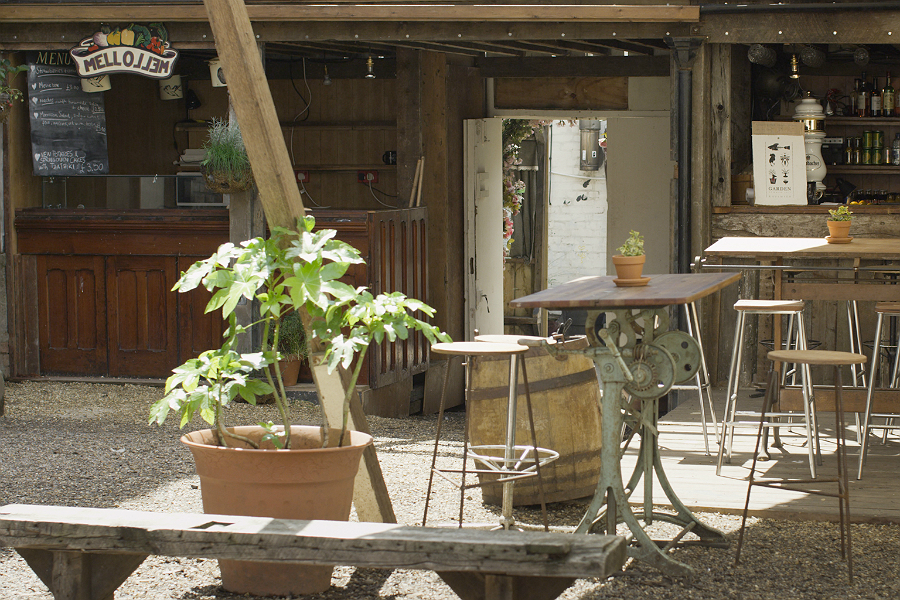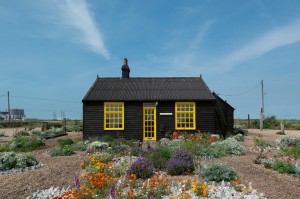On the Importance
of Independent Culture

With fresh cuts to the arts a constant threat, now more than ever, independent spaces offer respite; but for how long?
When those working in the arts look skyward these days, they no doubt expect to see vultures circling menacingly. Just ask The Science Museum.
This week’s news that the mooted closure of one of three northern museums due to government cuts had been avoided may feel like a victory, but points towards a sense of ‘the arts’ merely limping along, required to fight another day.
It’s a bleak picture, hardly brightened by this week’s parliamentary arts debate. The first such debate on arts and culture in the House of Commons for more than five years, it is positive that one was called at all (by shadow culture secretary Harriet Harman), but reading between the lines, very little of substance was discussed, much less resolved.
And this is at national level. What chance grass-roots culture, swimming against a tide of apathy. We spoke to four prominent Liverpool-based voices on the health of, and outlook for, independent-led culture in the city.
Venya Krutikov, a founder-member of venue and club the Kazimier, is philosophical. “There are always positives,” he begins. “Seeing how everyone rallied behind MelloMello in their attempt to buy their building [was] great… Walking around the ropewalks, and seeing spaces like Dumbells take root, mello’s, the club; it is a pretty unique situation, what other city centre has that kind of grassroots independent spaces situated right in the city centre?”
The Kazimier has had the time to grow and develop; its team – who have made a series of wise decisions as the business has grown – have often previously operated on a shoe-string. Asked how he feels things will look in 12 months time, Krutikov is understandably guarded: “I wouldn’t want to speculate,” is his first response, then: “the key to our success so far has been our ability to adapt, and embrace change. I think that it is this adaptability that will help us through the coming year.”
What do organisations like the Kazimier, Drop the Dumbells and MelloMello mean to the cultural infrastructure of the city, we ask. Comparing these spaces rate of growth to “coral”, he said: “It takes so long to cultivate these spaces, to let them build up through a sedimentary process to a position of independence and sustainability – losing these organisations is fatal for the creative heart of the city.”
Those spaces mentioned above emerged from a need for them, often propelled by individuals and groups who have spotted a gap crying out to be filled. What lies in store for the next generation of self-starters and creatives looking for just such an opportunity?
Start Up Manager at Liverpool’s John Moores University, Lynne Robertson advises students on their first steps into business and self employment. Asked whether she fears for some of those she works with, she replied: “Massively… for some self-employment is a reaction to not being able to find work, and it’s those graduates that I fear for the most… If they lack the skills needed to turn that into a living then they will struggle.”
It isn’t all doom and gloom though, Robertson is keen to point out that Liverpool continues to be a city where great things can be achieved. “They can take advantage of the pop-up culture…in the city, which goes back to this idea of trying things out without committing too much – if a project doesn’t work, try something different, with different people in a different space.”
She continues, “[constraints] make you hungrier and more innovative in how you think and how you do things. We’re working with some amazing start-ups that truly are prospering… All of this excites me, because it means that our next generation of young businesses will continue to innovate and try new ways of doing.”
Always key to the health and development of the creative sector in the city are independent gallery spaces, places where recent graduates and emerging artists get opportunities to show, and experiment with, their work. Jenny Porter, project manager at Edge Hill Station-based Metal gallery, agrees. “Having smaller, more independent spaces means there’s a variety of ways to access art and culture as well as ways for emerging talent to test out new ideas and to access audiences.”
But, says Porter, “there is a growing threat that with less funding opportunities available the larger institutions will swallow up all the opportunity for growth and the smaller less experienced grass roots organisations will suffer.” Asked how confident she was that Metal would be able to continue to operate as they do now, while clearly concerned, she said: “The nature of what we do means that we will remain flexible and adapt to changing situations.”
Another gallery on the outskirts of the city is artist-led The Royal Standard. Facing problems of its own recently (in the shape of negotiations with the council over rates relief), we spoke to one of the current directors, Frances Disley. She’s bullish about the role played by spaces such as TRS: “A strong arts ecology requires all levels of institutions to meet the needs of artists and audiences.”
Keen to emphasise their contribution, she continues, “… independent cultural spaces like ourselves enable artists to create work within the city within our affordable studio spaces, in theory the artwork created goes on then to be exhibited elsewhere around the UK and beyond promoting the notion of Liverpool as a creative hub.”
You need look no further than The Northern and Liverpool Art Prizes for the tangible importance of spaces such as The Royal Standard to the local ecology, with studio members Emily Speed nominated for the former and Kevin Hunt and Laurence Payot the latter. The difficulty is that their import isn’t always so demonstrable, but without their like, we would all be feeling a great deal poorer, culturally speaking.
Of course, while established institutions such as Tate Liverpool, the Bluecoat and the Walker are the national and international face of Liverpool’s arts offer, it is (as it ever was) the grassroots elements in the city which provide opportunity further down the food chain, encouraging the creation and development of both scenes and future breakthrough artists, without which the city’s credibility would incalculably suffer.





